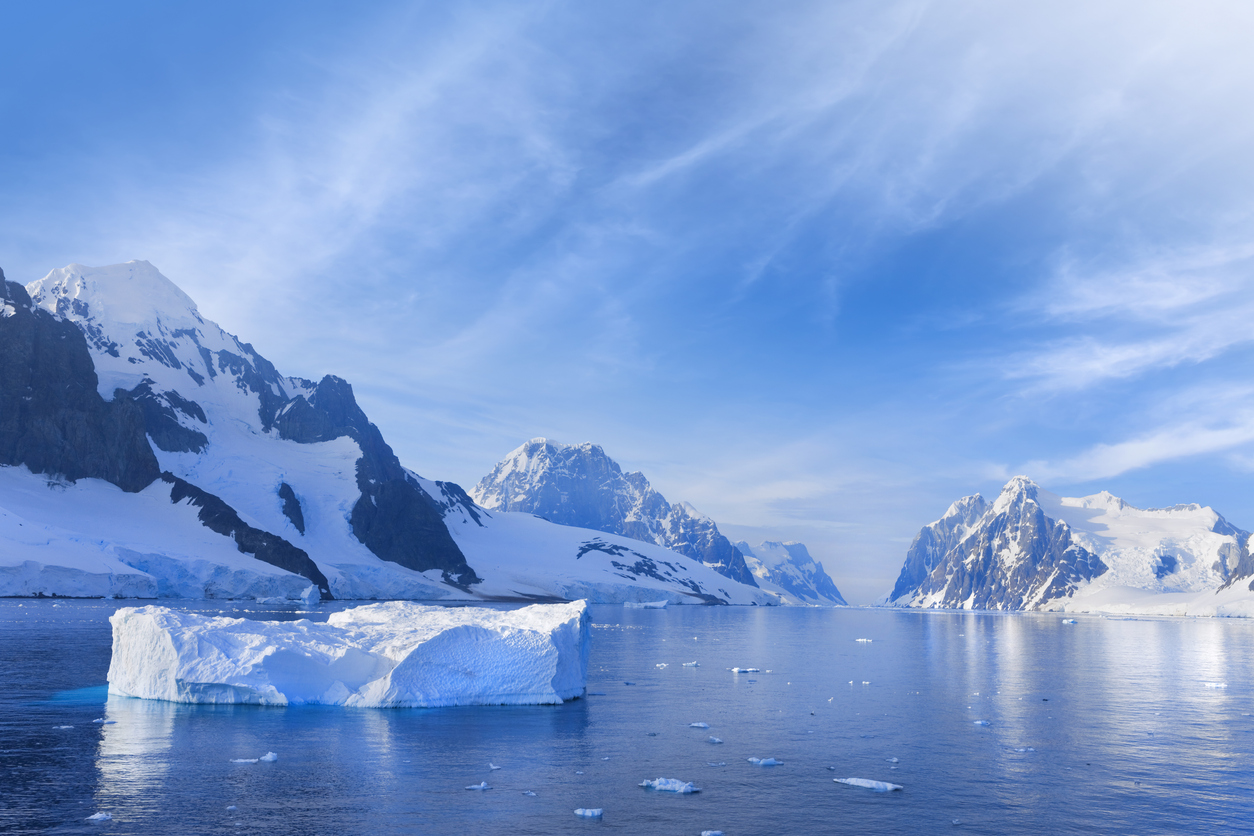
Vibhuti PathakBy: Vibhuti Pathak
Antarctica’s sea ice has hit another low this year, marking a concerning trend in the Southern Ocean’s behaviour. As the southern summer came to a close, the extent of sea ice, measured by the area of the ocean containing at least 15 per cent of sea ice, was slightly higher than the record low observed in 2023.
This observation was made aboard the Italian icebreaker Laura Bassi, ironically surrounded by sea ice about 10km off Cape Hallett, where reaching expedition sampling sites became challenging.
Just a decade ago, the reliable rebuilding of sea ice during each winter was a norm. However, there has been a significant shift in how the Southern Ocean operates, leading to a dramatic decrease in the area covered by sea ice.
The primary focus of our expedition was to track the changes occurring in the ocean around Antarctica and to make targeted measurements of processes believed to be responsible for this loss of sea ice.
The prevailing theory suggests that warming oceans are driving this phenomenon, so our efforts concentrated on identifying the pathways through which warmer seawater could facilitate increased melting.
Led by a team of scientists coordinating Italy’s longstanding research in the Southern Ocean, the expedition aimed to investigate the implications of sea ice changes in terms of physics and biogeochemistry. For decades, these scientists have been maintaining instruments in the Ross Sea region, collecting crucial data that is instrumental in understanding the dynamics of the region.
A two-month expedition sailed a counter-clockwise loop of the continental shelf in the Ross Sea, a biologically rich and shallow region surrounding Antarctica. Continental shelves play a vital role in Earth’s ecosystems, and those around Antarctica are particularly unique due to the presence of sea ice, which varies both spatially and temporally.
The annual freeze-thaw cycle of Antarctic sea ice is a crucial aspect of our planet’s ecosystem. It influences the reflectivity of a vast area, oxygenates the deep ocean, provides habitat for numerous species in the Southern Ocean food web, and contributes to the resilience of ice shelves.
As we navigate through these changing conditions, the data collected during our expedition, combined with long-term observations maintained by scientific institutions like the US National Snow and Ice Data Center, become increasingly invaluable.
These resources enable us to visualize and analyse sea ice conditions at different points in time, providing insights into the ongoing shifts in Antarctica’s environment.
Understanding the complex interplay between ocean warming, sea ice dynamics, and their broader ecological implications is essential for devising strategies to mitigate the effects of climate change in Antarctica and beyond.
As we continue to unravel the mysteries of the Southern Ocean, collaborative efforts and sustained scientific inquiry will be crucial in safeguarding this fragile ecosystem for future generations.